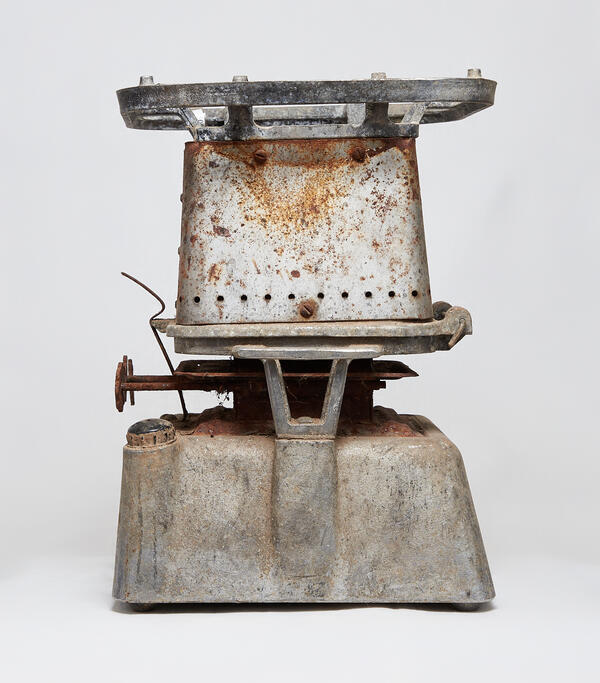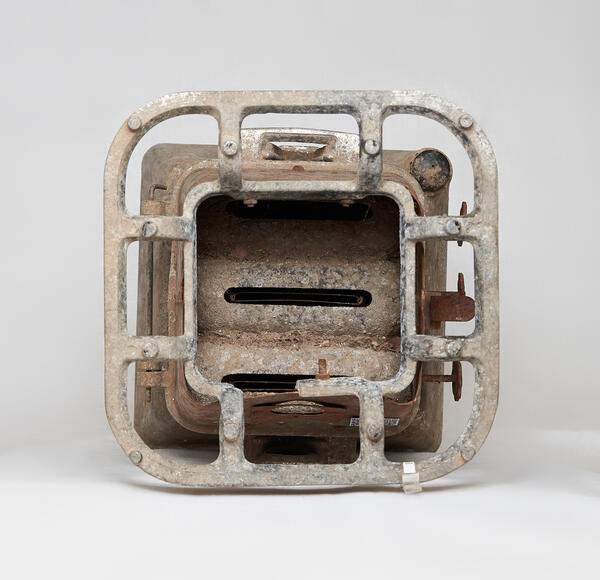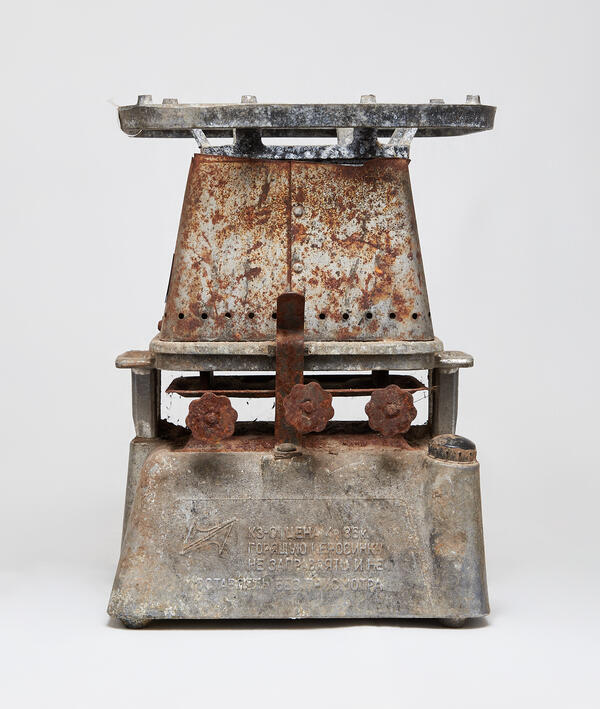The “five-year plan” for the development of the national economy for 1946–1950 included, among other things, an increase in the production of a kerosene-fueled stove called kerogaz. A detailed technical review of this novelty was given in 1948 by Viktor Nikolaevich Matveyevsky and Nikolay Sergeyevich Golubin. The authors explained the popularity of such stoves by their efficiency and ease of operation and production (they were easily manufactured “not only at special factories, but also in separate workshops… and in artels”), as well as noiselessness, accessibility and even their elegant design. They were also considered low fire hazard devices.
A kerogaz stove became the last mass-produced device for heating, boiling water and cooking that ran on a combustible mixture. It was smaller than the Primus stove and did not require repairing as often. In comparison with the kerosene heater, it also had a number of advantages.
It was distinguished by stability and, most importantly, a greater efficiency. In addition, the complete combustion of kerosene eliminated the risk of carbon monoxide release. Unlike in the kerosene heater, soot was formed only during ignition, after which the flame was clean.
Contrary to the “advertising” of Matveyevsky and Golubin, the device was not really available to the general public: it was three times more expensive than a kerosene stove, and it could only be used in private, non-communal kitchens.
A kerogaz stove was also rather difficult to use. Before starting cooking, the burner and the gas mixer were removed from the device, then the wick was carefully lit (it lit up rather slowly) and the removed parts were returned to their place. It took about 10 minutes to warm up the gas mixer, but even after that it was impossible to immediately start cooking. After the user disassembled and assembled the device, a persistent smell of kerosene was left on their hands. So, hands had to be thoroughly washed with soap. Without this precaution, the finished meal would have a kerosene taste to it.
All these difficulties led to the fact that kerogaz stoves were quickly abandoned in favor of kerosene heaters. With the advent of cleaner and safer gas, and then electric stoves, kerosene appliances went out of use for good.





